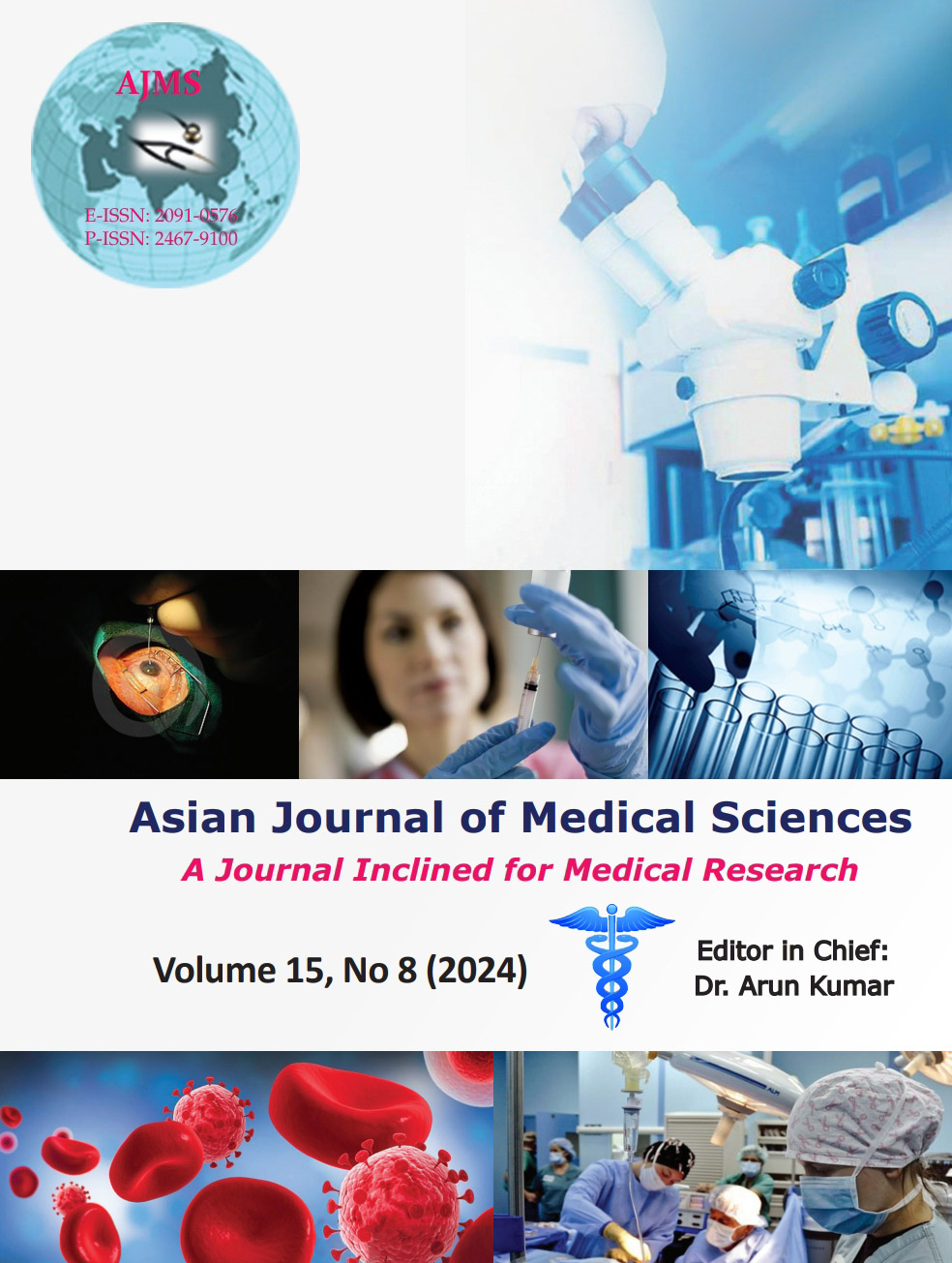A comparative evaluation of 0.25% bupivacaine and 0.25% levobupivacaine in peritubal infiltration in percutaneous nephrolithotomy
Keywords:
Levobupivacaine; Bupivacaine; Percutaneous nephrolithotomy; Post-operative analgesia; Peritubal infiltrationAbstract
Background: Percutaneous nephrolithotomy (PCNL) is a routine endourologic procedure in patients with renal calculi. Although it is less painful than open surgery, pain around the nephrostomy tube is a clinical problem; therefore, good post-operative analgesia is required to alleviate pain. Peritubal infiltration can be one of the choices to alleviate pain around the nephrostomy tube.
Aims and Objectives: The aim of this study was to evaluate the efficacy of peritubal infiltration of local anesthetics for post-operative pain following PCNL.
Materials and Methods: A total of 60 patients with American Society of Anesthesiologists Grade I/II scheduled for elective PCNL surgeries were randomly allocated into two groups. Group L received levobupivacaine 0.25% (30 mL) and Group B received bupivacaine 0.25% (30 mL). The duration of rescue analgesia, total dose of tramadol consumption in 24 h, hemodynamic parameters, and adverse events during the post-operative period were noted.
Results: The mean duration of rescue analgesia in Group L was 274.50±24.89 min and in Group B was 275.33±23.04 min which was not significant (P>0.05).
Conclusion: Peritubal infiltration of 0.25% levobupivacaine and 0.25% bupivacaine is efficient in alleviating post-operative pain after PCNL. Both drugs can be used for infiltration around nephrostomy tubes in PCNL surgeries safely and are associated with minimal side effects.
Downloads
Downloads
Published
How to Cite
Issue
Section
License
Copyright (c) 2024 Asian Journal of Medical Sciences

This work is licensed under a Creative Commons Attribution-NonCommercial 4.0 International License.
Authors who publish with this journal agree to the following terms:
- The journal holds copyright and publishes the work under a Creative Commons CC-BY-NC license that permits use, distribution and reprduction in any medium, provided the original work is properly cited and is not used for commercial purposes. The journal should be recognised as the original publisher of this work.
- Authors are able to enter into separate, additional contractual arrangements for the non-exclusive distribution of the journal's published version of the work (e.g., post it to an institutional repository or publish it in a book), with an acknowledgement of its initial publication in this journal.
- Authors are permitted and encouraged to post their work online (e.g., in institutional repositories or on their website) prior to and during the submission process, as it can lead to productive exchanges, as well as earlier and greater citation of published work (See The Effect of Open Access).




